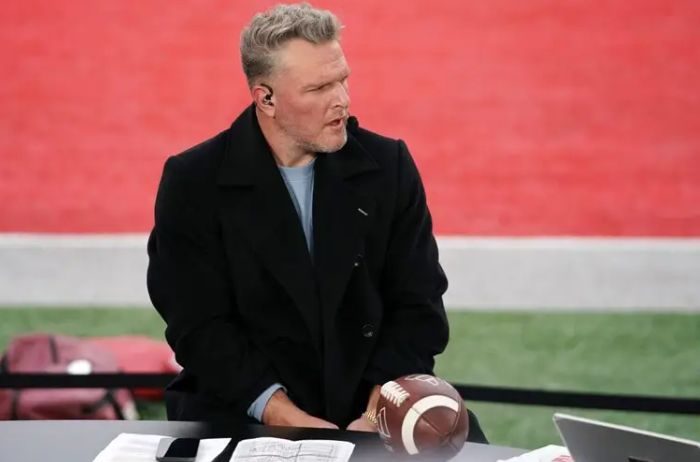From Airwaves to Algorithms: How Talk Show Hosts Navigate the Digital Minefield once upon a time, all a talk show host needed was a sharp tongue, a loyal audience, and a decent time slot. The airwaves were their kingdom, and the FCC their only major threat. Fast forward to the digital age, and it’s no longer just about charming radio listeners during drive time or bantering with celebrity guests on late-night TV. Now, talk show hosts must navigate an ever-changing minefield of social media trends, YouTube algorithms, podcast metrics, and the constant threat of being canceled—sometimes mid-sentence.The transition from traditional media to the digital landscape has not been optional; it’s been a matter of survival. Legacy talk show hosts like Howard Stern and David Letterman have had to adapt or risk fading into obscurity. Stern embraced satellite radio and streaming services, while Letterman found a new niche on Netflix with long-form interviews. Meanwhile, newer players like Trevor Noah, Joe Rogan, and Alex Cooper built their empires digitally from the ground up, leveraging platforms like YouTube, Spotify, and TikTok to reach millions.But the digital realm isn’t just a new playground—it’s a battlefield. Algorithms, those invisible gatekeepers, determine who sees what and when. A host can say something brilliant, but if the YouTube thumbnail isn’t click-worthy or if the content doesn’t match current engagement patterns, the clip may vanish into the algorithmic void. Talk show hosts now need SEO-savvy producers, real-time analytics dashboards, and a team of social media ninjas to stay relevant.Then there’s the ever-present threat of outrage culture. Every word spoken can be clipped, cropped, and recontextualized. What once might have been a throwaway joke on a radio show can now trend on Twitter in minutes and ignite a backlash. Talk show hosts must walk a tightrope between being edgy enough to hold attention and safe enough not to offend the ever-watchful online mobs.Podcasting, once considered the Wild West of media, has added another layer of complexity. It’s not enough to have a mic and an opinion anymore. Hosts need consistent branding, cross-platform promotion, Patreon perks, merch stores, and livestream events. The audience expects intimacy, authenticity, and a parasocial connection. Talk hosts must now be part entertainer, part entrepreneur, part online therapist.Despite the challenges, the digital shift has opened new doors. Hosts can now bypass traditional gatekeepers, build niche audiences, and monetize in creative ways. The algorithm can just as easily catapult a little-known voice into the spotlight overnight. The trick is knowing how to ride the wave without being drowned by it.In short, navigating today’s digital minefield demands more than charisma—it requires strategy, adaptability, and occasionally, a very thick skin. Whether they began on the airwaves or in their parents’ basement with a USB mic, today’s talk show hosts are all playing the same high-stakes digital game. The rules? There aren’t any. Only hashtags, headlines, and the hope that the next upload goes viral—for the right reasons.
















